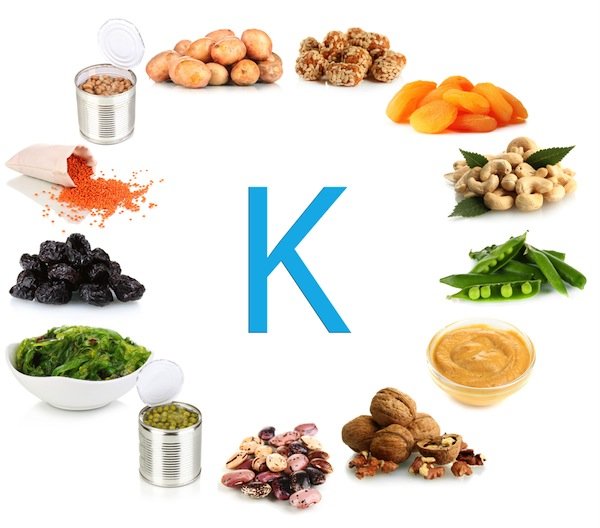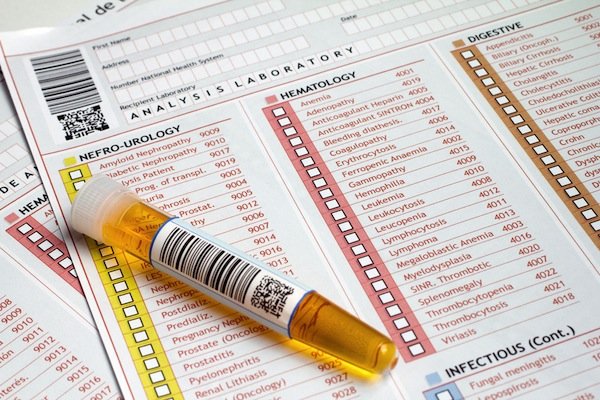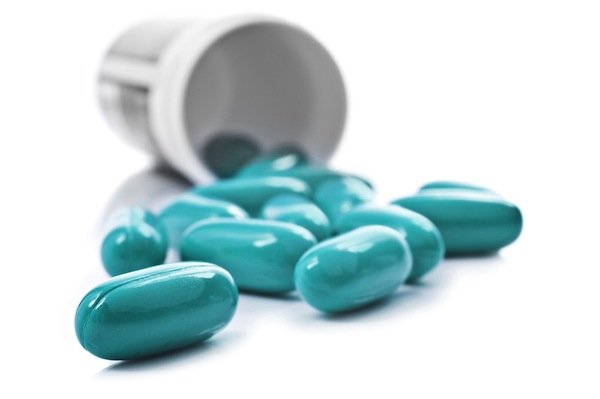Non-Allergic Peanut Created


By Ros Krasny
Reuters
A new opportinity for removing allergens from peanuts means help could soon be on the way to your roughly 2.8 million Americans that has a potentially life-threatening allergy into the popular food, the U.S. Department of Agriculture said on Tuesday.
In your website post, the business said researchers at N . c . A&T State University have discovered a means to reduce peanut allergens by 98 percent to 100 % by concentrating on certain proteins that may trigger food-related anaphylaxis, a serious, whole-body allergic reaction.
“We discovered that treating peanuts with protein-breaking enzymes reduced allergenic proteins,” said Dr. Jianmai Yu, a food and nutrition researcher at NC A&T\’s School of Agriculture and Environmental Sciences.
The university has signed an agreement with Xemerge, a Toronto-based firm that commercializes emerging technologies in food and agriculture, to check out the marketing potential of hypoallergenic peanut products.
“This is among the finest technologies from the food and nutrition space we notice,\” Johnny Rodrigues, chief commercialization officer of Xemerge, said for the university’s website. \”It checks each of the boxes: non-GMO, patented, human clinical data, won\’t change physical characteristics of the peanut.” “GMO” means “genetically modified organism.”
The therapy for this is effective whether peanuts are whole, accessed pieces or ground into flour, USDA said. It has also shown promise in wheat, one of the top eight food allergens in the United States, and tree nuts.
USDA’s National Institute of Food and Agriculture supported your analysis with funding by using a Agriculture and Food Research Initiative grant.
The process includes pretreating shelled and skinless peanuts which has a food-grade enzyme. This post-harvest process doesn\’t alter the peanut\’s shape or cause lipid oxidation C a key consideration when determining a product\’s life expectancy.
Researchers at the University of New york at Chapel Hill’s School of Medicine performed skin-prick tests to validate your analysis results on human test subjects, USDA said.
\”Peanuts are increasingly applied to foodstuff, that make it difficult with the allergic visitors to avoid accidental exposure. Therefore, it\’s very important for all of us to find away out to make peanuts less or non-allergenic,\” Yu said.
Peanuts cause serious allergy symptoms within 0.9 percent from the U.S. population, including about 400,000 school-age children.
Anaphylaxis symptoms normally include breathlessness, low blood pressure levels, swelling within the tongue, eyes or face; stomach pain, vomiting and nausea; skin rashes, blisters, itching, inflammation, and pain; and in some cases death.
The average U.S. consumer eats a lot more than six pounds of peanuts and peanut products every year, in accordance with USDA, exceeding part of that available as peanut butter. Peanuts consumed in candy as snacks are usually popular.
The level of peanut butter eaten in the states each and every year could wrap our planet within a ribbon of 18-ounce jars one and one-third times, good National Peanut Board.









